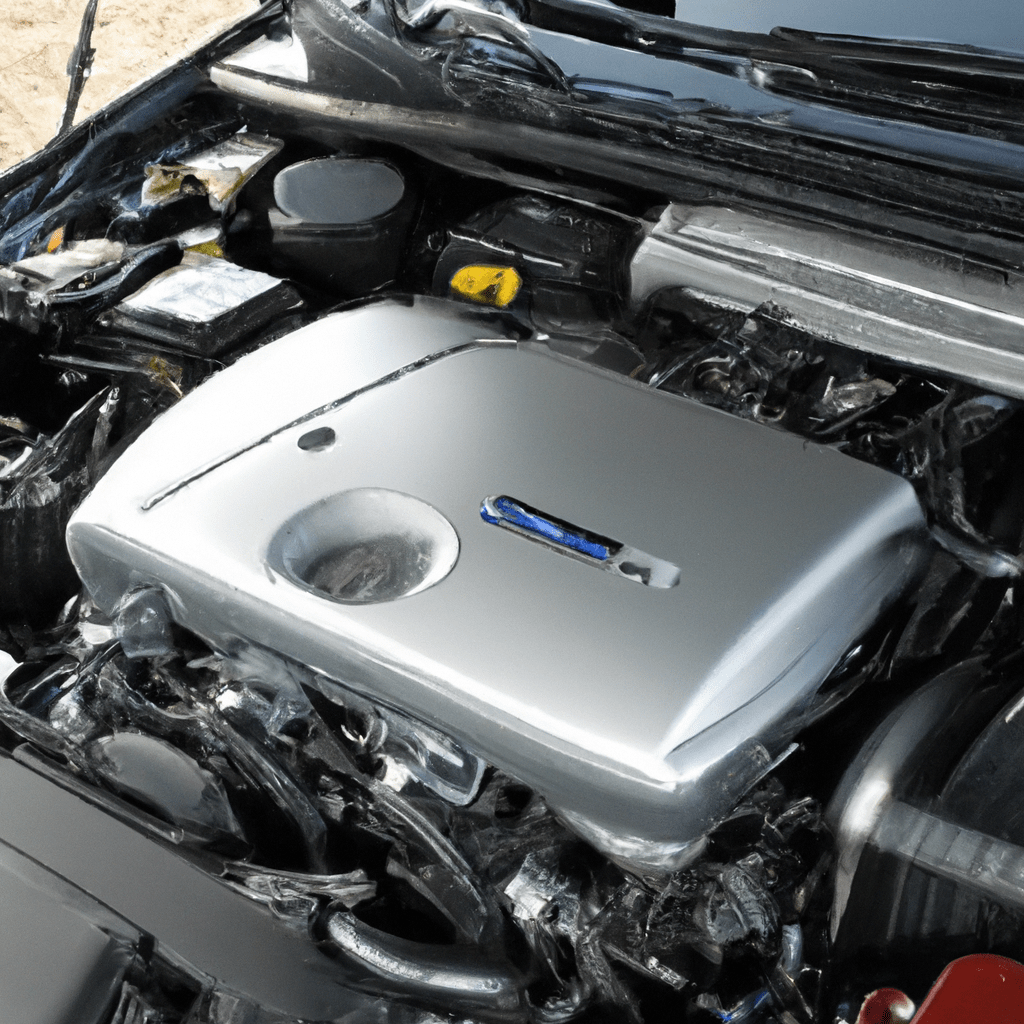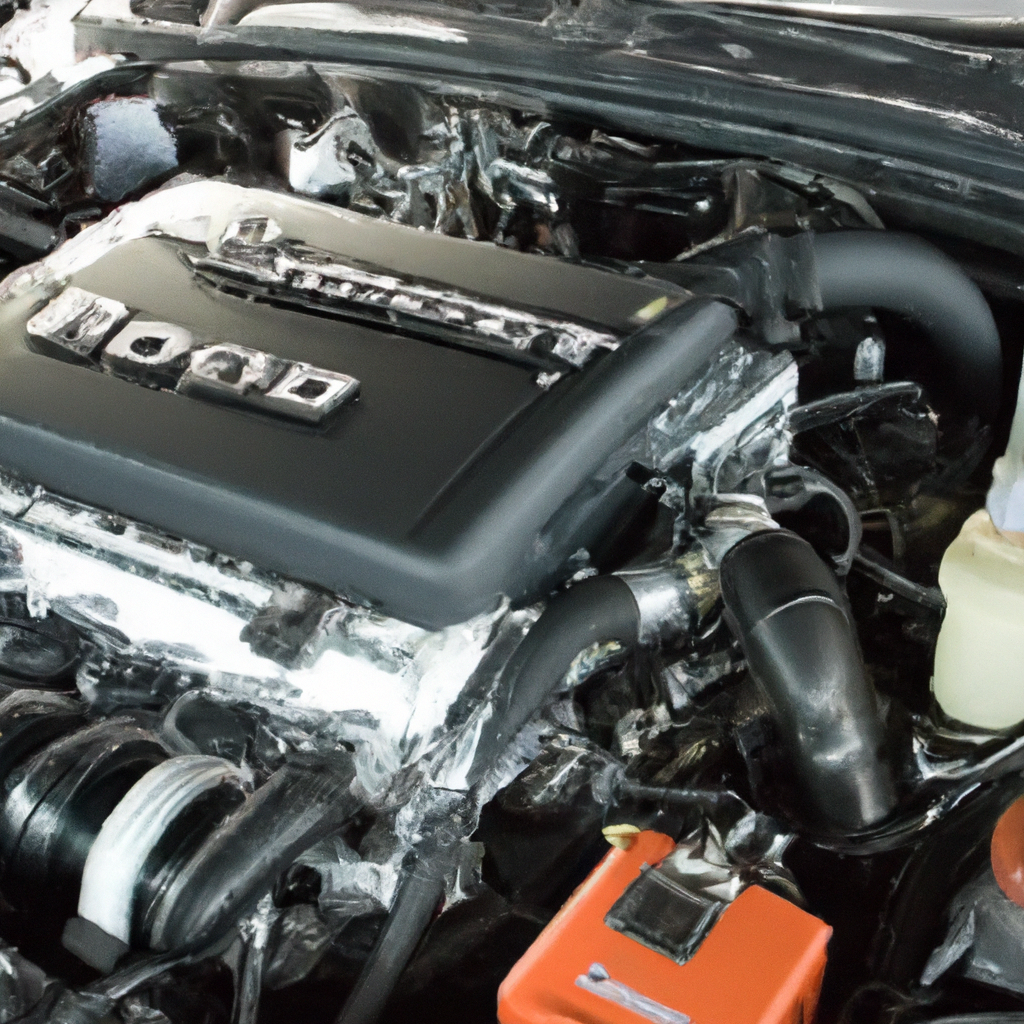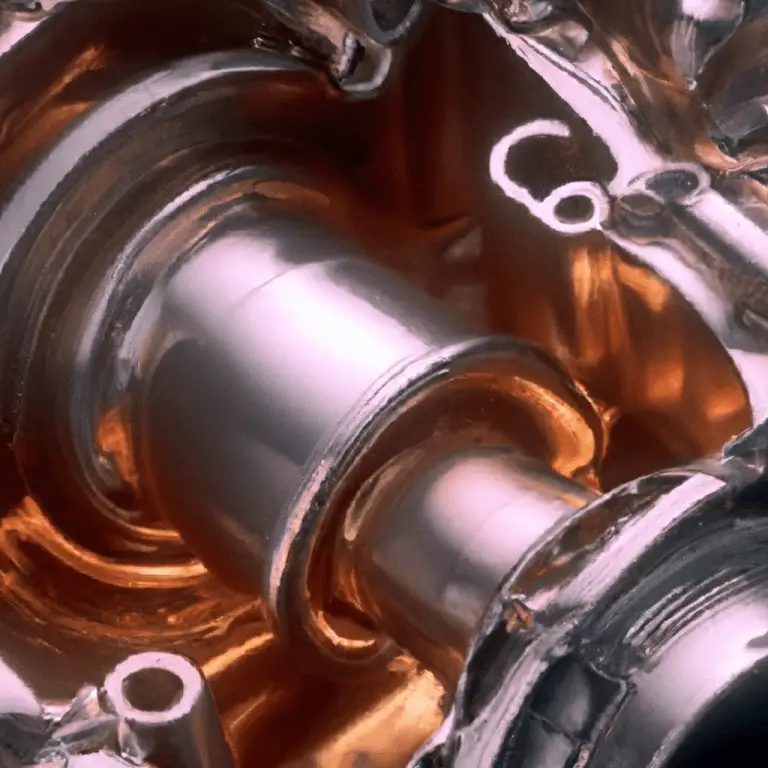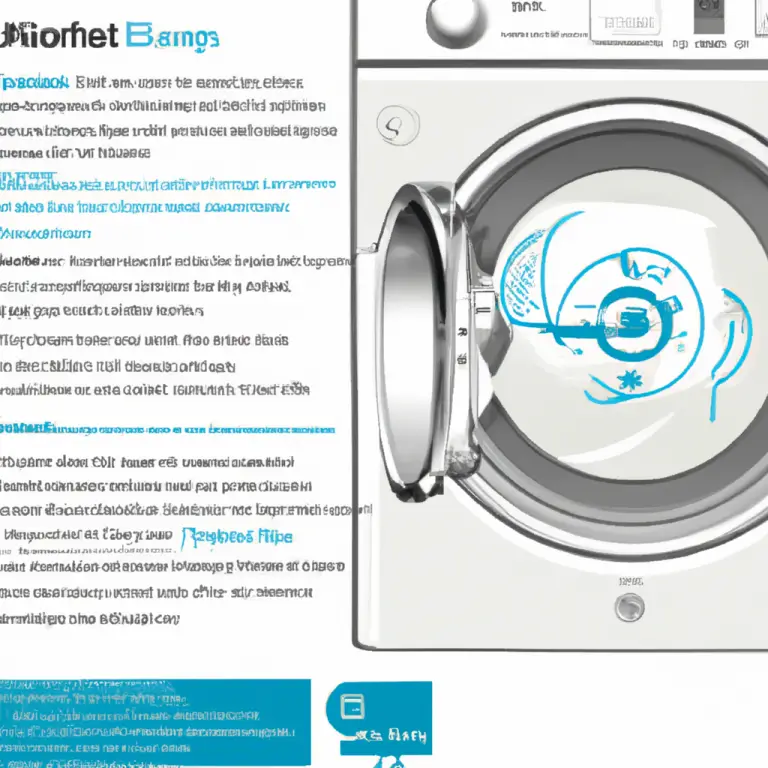How Much Power Can A 2.3 Ecoboost Handle
Last Updated on by David Jon
In the realm of turbocharged engines, one marvel of modern engineering that constantly sparks curiosity and debate among automobile enthusiasts is the 2.3 Ecoboost engine. Most commonly associated with Ford, this turbocharged, direct-injection powerhouse is known for its performance, kick, and ability to generate substantial power. However, you may have posed the question – just how much power can a 2.3 Ecoboost handle? This article is poised to address this query, sharing insightful details, backed by research and real-life case studies, about the enduring capacity of this engine. Whether you’re an automotive expert, a budding car enthusiast, or a Ford Ecoboost owner seeking answers, this article promises to enlighten, entertain, and offer value.
Understanding the 2.3 Ecoboost Engine
The 2.3 L Ecoboost engine is a powerful motor known for its impressive horsepower, fuel efficiency, and indispensable role in Ford’s automotive lineup.
Specifications of the 2.3 Ecoboost Engine
The engine holds an impressive four-cylinder, turbocharged, direct injection, petrol-powered, that generates horsepower ranging from 270 to 350, depending on the model. It has a torque output that ranges from 310 to 350 lb-ft. Its impressive performance is paired with a fuel efficiency that makes it a commendable choice for any automotive enthusiast.
Unique Features and Benefits
The 2.3 Ecoboost engine utilizes a twin-scroll turbocharger that separates the cylinders for peak pulse energy, enhancing the turbo response and minimizing turbo lag. Its high-pressure direct-injection fuel system contributes to its overall outstanding performance by providing precise fuel delivery.
Common Uses of the 2.3 Ecoboost Engine
As a popular choice for different Ford models, it is broadly used in Mustang variants and Ford’s high-performance models like the Focus RS and Explorer ST.
Evaluating the Stock Power of the 2.3 Ecoboost
When considering how much power the 2.3 Ecoboost can handle, it’s essential to understand its standard power outputs.
Standard Horsepower and Torque Ratings
In its base form, the 2.3 Ecoboost in the Mustang produces 310 horsepower and 350 lb-ft of torque. Yet, in the higher performance Focus RS variant, it can produce up to 350 horsepower.
Performance in Various Conditions
One of the engine’s commendable features is its ability to consistently deliver power, irrespective of the environmental conditions it faces.

Importance of Power Handling Capability
Power handling is a critical element to consider when evaluating the overall performance and lifespan of the engine.
Understanding Power Handling Requirement
Power handling refers to the engine’s ability to handle power without failing or suffering mechanical damage. It’s influenced by a variety of factors including the engine’s design, materials, and construction.
Why Power Handling Matters
High power handling denotes a higher threshold, allowing the engine to endure more strenuous driving conditions and increased outputs for an extended period.
Determining How Much Power the 2.3 Ecoboost Engine Can Handle
The power handling capabilities of the 2.3 Ecoboost are formidable though its exact capacity can be difficult to quantify precisely.
Theoretical Limits of the Engine
Though official manufacturer specifications do not provide a clear limit, enthusiasts and tuners have managed to push the engine to produce over 500 horsepower, showcasing its potential for high power outputs.
Practical Power Handling Experiences
Many car enthusiasts have reported that mildly tuned 2.3 Ecoboost engines can handle roughly 400 horsepower with reliability, indicating its durable design and high power handling ability.

Factors Influencing the Power Handling of the 2.3 Ecoboost
Several factors determine the 2.3 Ecoboost’s power handling capabilities.
Material and Construction
Built with an iron block and aluminum head, the 2.3 Ecoboost’s sturdy build contributes significantly to its ability to handle high power levels.
Engine Tuning
Proper tuning plays a critical part in ensuring the engine can endure higher power levels without causing significant mechanical strain.
Cooling, Lubrication and Fuel Delivery Systems
Essential for maintaining the engine’s temperature, these systems are designed to support the increased heat generated at high power outputs.
Modifying the 2.3 Ecoboost Engine for Higher Power Handling
Improving the 2.3 Ecoboost for higher power handling involves several modifications but also presents some potential risks.
Common Engine Modifications
Common modifications include upgrading the turbocharger, exhaust system, and using an aftermarket tune to increase power output. In addition, reinforcing internal components can also help accommodate the increased power.
Potential Risks and Drawbacks
Modifying an engine for greater power handling has its set of risks, such as potential premature engine wear or even catastrophic engine failure if improperly done.
Case Studies of High-Power 2.3 Ecoboost Engines
Several records have showcased the 2.3 Ecoboost’s power handling capabilities.
Record-Breaking 2.3 Ecoboost Performances
Certain 2.3 Ecoboost engines have been modified to produce over 600 horsepower, affirming the engine’s outstanding power handling capabilities.
Experiences from Enthusiast Communities
There is a wealth of knowledge and experiences shared by car enthusiasts on various online forums that highlight the potential and achievements of the 2.3 Ecoboost engines.
Maintaining a High-Power 2.3 Ecoboost Engine
Regular maintenance helps ensure the engine’s longevity when handling higher power.
Regular Maintenance Tips
Routine checks of the cooling and lubrication systems, and ensuring that the engine is using the appropriate high-quality fuel, are crucial for maintaining the engine’s performance.
Signs of Excessive Power Strain
Any unusual noises, a decrease in performance, or frequent overheating might indicate that the engine is under too much strain.
Choosing Accessories to Support Higher Power Handling
Several aftermarket parts can be added to support the engine’s ability to handle more power.
Upgrading Cooling Systems
Installing high-capacity radiators or oil coolers can ensure that the engine stays within safe operating temperatures during high-output driving conditions.
Exploring Aftermarket Parts
Improved exhaust systems, air intake systems, and fuel injectors are just a few parts that can help increase the engine’s power handling capabilities.
Life Longevity of a 2.3 Ecoboost Engine Under High Power
Increased power output might impact the overall longevity of the engine.
Impact of High Power Handling on Engine Life
Running an engine at its maximum capability will often result in faster wear and tear and a shorter overall engine lifespan.
How to Prolong Engine Life With High Power Outputs
Ensuring proper maintenance and observing safe driving habits can help enhance the lifespan of a high-power 2.3 Ecoboost engine. Regular check-ups, quality fuel and lubricants, and avoiding excessive strain on the engine can help ensure its longevity.







